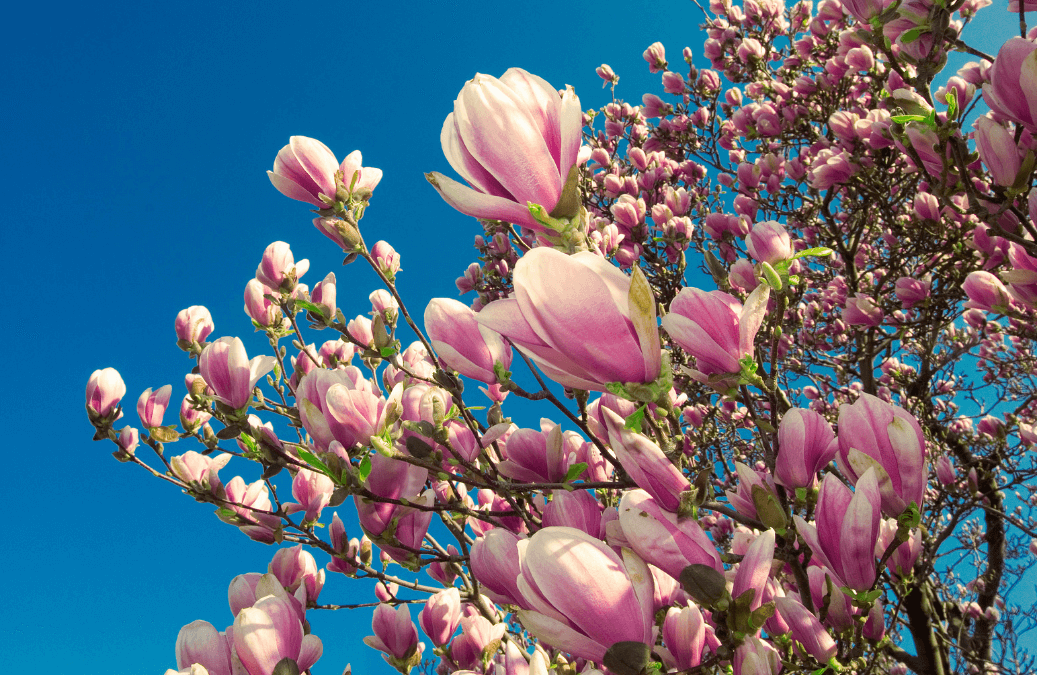When it comes to planting trees in your backyard, it’s important to choose wisely as a hasty decision made on a Saturday morning at Bunnings could end up being a big headache down the track.
Some trees will grow more and more beautiful with each year and add value to your home; others can be fruit dropping, root invading nightmares that are much harder to remove than they were to plant.
Take your time in considering what it is you want (and equally – don’t want) from your tree. Make an informed decision and choose a type that’s best suited to your wants and needs as well as your space and conditions.
Here are some tips for what to think about when choosing trees for your backyard.
Where to Start
It’s a great idea to start by having a think about what it is you want from your new tree. Do you want shade in summer? Sun in winter? Do you want privacy? Would you like something that will flower?
How quickly do you want the tree to grow? Do you want the tree to act as a windbreak or screen? Do you want to attract native wildlife?
You might want to take a walk around your neighbourhood and take a picture of the trees that appeal to you, so you can find out what they are and if they’re suitable for your space.
This will help you determine the type of tree that will be ideal for your backyard. Once you have these answers, you’ll have a clear objective for your new tree, and will be able to better match a tree species with your desired outcome.
Your Space
It is essential to match the tree to the size and location of the space you have to give your new tree adequate room to grow. And don’t forget that’s above and below ground.
Ask yourself – How high and wide can the tree be? Does the space allow for a small, medium or large tree? Are there any underground or overhead utilities to be aware of?
How close can it be to the house, pool and other buildings – do you need to allow clearance for foundations, paths, driveways and other trees?
If you only have a small space, an ornamental tree can be a great choice, as these trees are usually smaller and more compact, and are likely to be easily maintained by hand.
If you’re looking for a hedging or screening tree to run along a fence line, a fast-growing species will be ideal, but it’s important to keep in mind that it will need consistent maintenance.
Also, think about the shape of a tree that may be able to perform a certain function. For example – vase-shaped trees can make ideal arbours over driveways, and small-spreading trees could be ideal if you have power lines to be aware of.
Your Conditions
To make sure your tree has the best chance of survival, you’ll need to consider your conditions and tailor the tree to your climate.
How hot does it get in summer? How cold does it get in winter? What’s the average annual rainfall? Will the tree be positioned in a spot that has full sun or will it be in the shade? How much wind will it be exposed to?
Also, what’s your soil like – is it deep or shallow? Well-drained or compacted? The quality and quantity of the soil can dictate your tree’s success.
Selecting a tree species that will thrive in your particular conditions is critical. Certain species will respond better in certain conditions so choose accordingly.
Deciduous or Evergreen?
Next thing to consider is whether you want the tree to be evergreen or deciduous. Evergreen trees keep their leaves year-round, deciduous trees will lose their leaves with the seasons.
Do you want shade in summer and sunlight in winter? If so, a deciduous tree might be what you’re looking for. Conversely, an evergreen tree will provide you with year-round shade so think about the impact that will have on the plants and lawn you already have.
Consider where you want to entertain and how shade, or lack of it, will affect your plans. Do you want flowering trees or autumn colours? All of these factors will all impact your decision-making process.
Maintenance
Think about how much maintenance you’re willing to commit to, as some trees will be needier than others.
Will you have time to rake up leaves, water, fertilise and prune your new tree until it’s established? Or are you more – ‘plant and forget’?
It’s important not to choose species that aren’t suited to your preferred maintenance level as it could end up costing you significant time and money you hadn’t accounted for.
Pests
Almost every tree species is susceptible to certain pests, and the severity of the problem will vary geographically. While these pests may not necessarily be life-threatening, choosing a tree species that is resistant to the pest problems in your area will give your new tree the best chance of survival.
Make Your Choice
Now it’s time for the fun part – choosing your tree. You’ve done your homework, and you know what you want, so go get it!
Or, if you’ve gone through all of these criteria and you’re feeling overwhelmed with all the choices – get some help. Your local, qualified Arborist is your go-to for all things trees and will be able to give you expert advice for your backyard.

